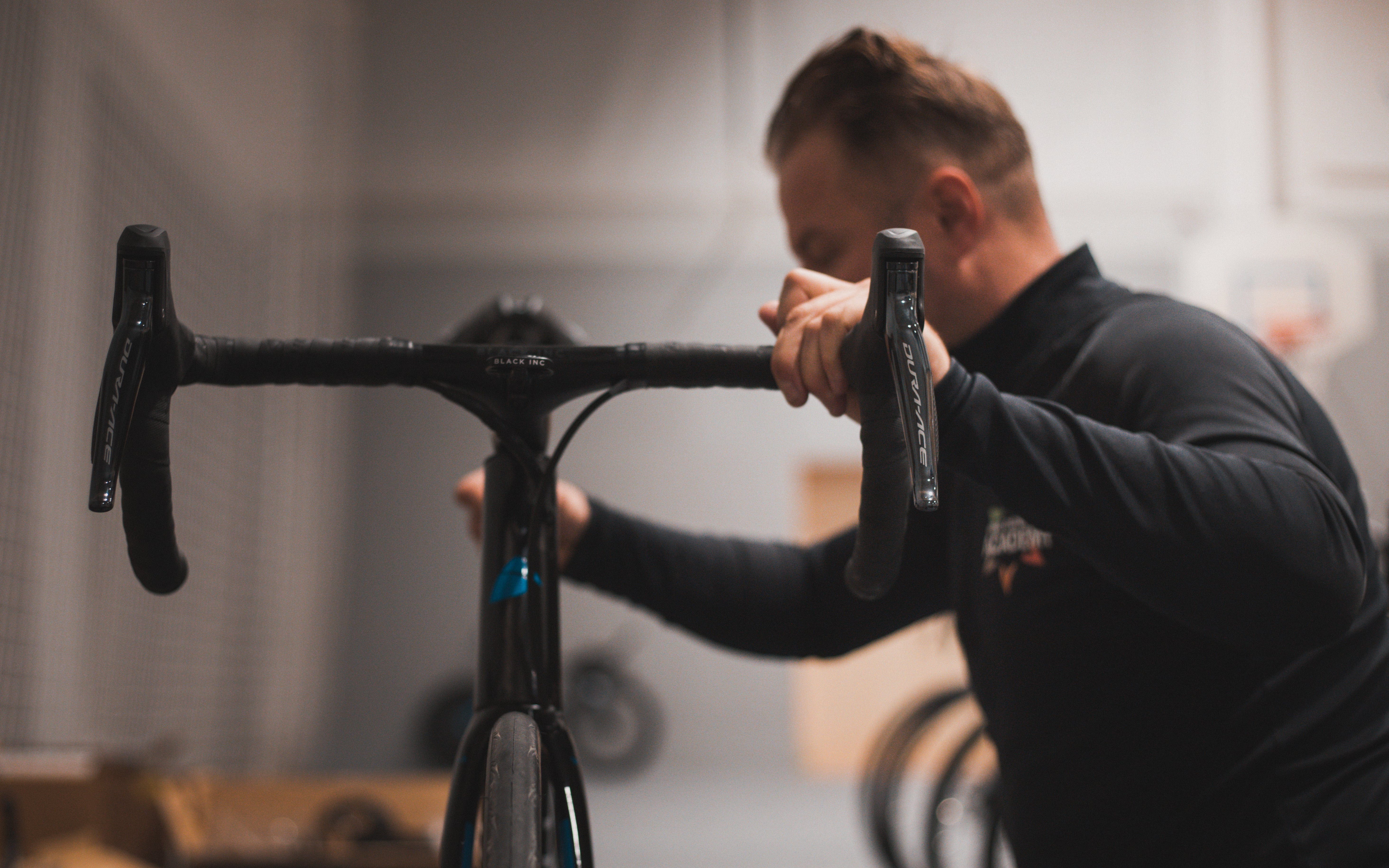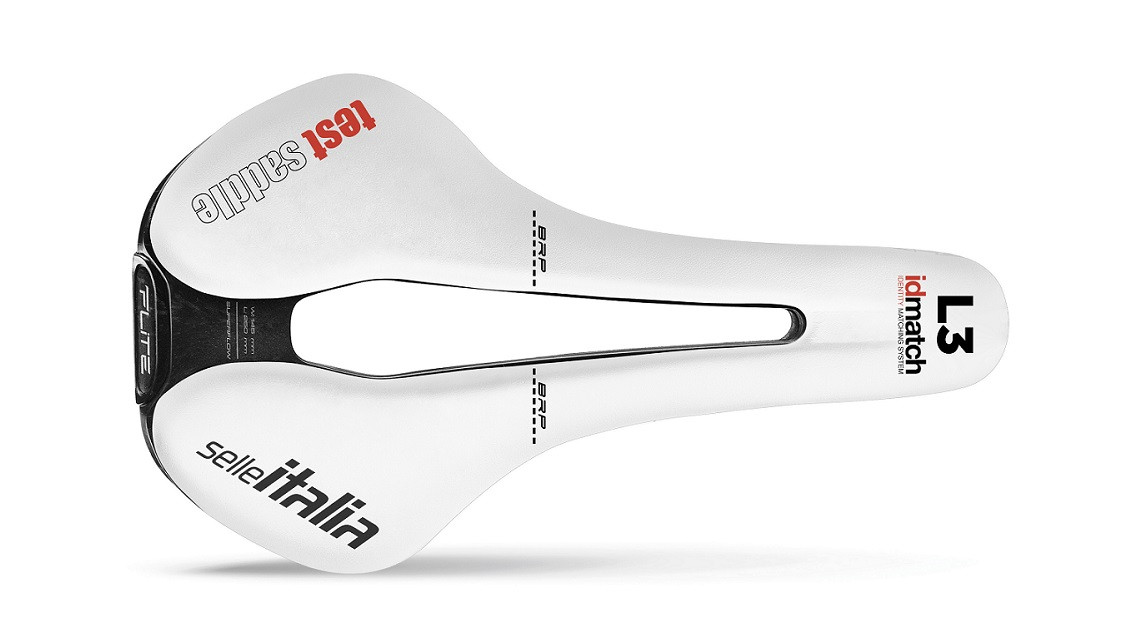HOW TO CHOOSE ROAD HANDLEBAR’S SIZES AND CHARACTERISTICS?

First, we have to divide handlebars into three important families: the drop handlebars, used on the road bicycles, cyclocross and some track bicycles; MTB handlebars; aerobars.
A road handlebar has defined by four characteristics:
- The width (always measured at the center of the tube in the point where you lay the hands)
- The drop, which is the vertical height of the curve
- The reach, which is the horizontal depth of the curve
- The shape of the fold

Once the discipline has defined, it is extremely important to know the cyclist’s functional morphological characteristics. For example, the handlebar’s width is directly proportional to the shoulder joint distance. It is important accurately to detect this measure; in the past, the shoulders’ maximum length has wrongly measured because the measurement included also the volume of the muscle deltoid, which actually does not influence the alignment of the arms and the choice of the handlebar.
The most appropriate way to take the shoulders’ measures is measuring the distance between the two acromion processes, which is similar to the distance of the joint centers of the shoulder joint, while the subject’s proportions influence the choice of the drop and the reach.
The first rule is remember that the bigger is the subject, the bigger the drop and the reach have to be. The second rule is about proportions, which, depending on the circumstances, suggest handlebars with different features. For example, someone who has a forearm which is longer than the arm, should choose a handlebar with an accentuated reach and a minimum drop. On the contrary, someone who has an arm which is excessively longer than the forearm, should use a handlebar with an accentuated drop and a reduced reach.
Variations of the trunk length-upper limbs relationship have to be balanced with the handlebar’s stem after the choice of frame’s geometry suitable for your own characteristics.








